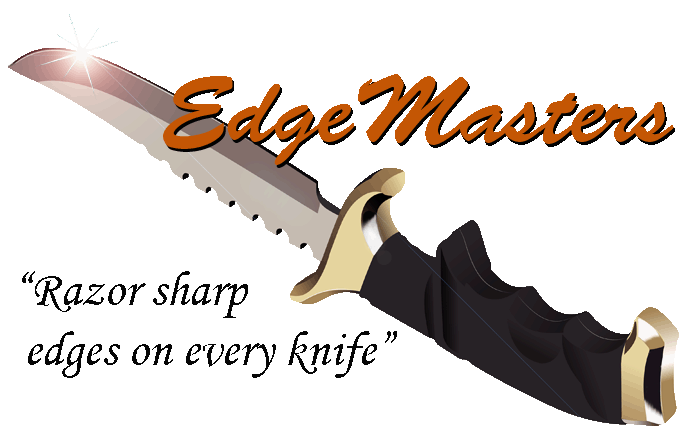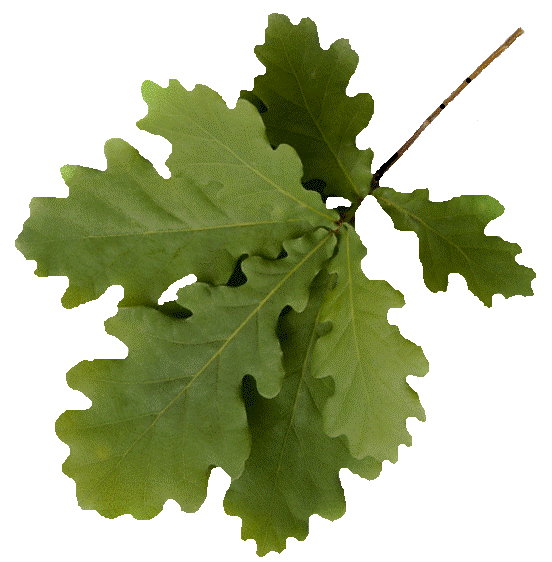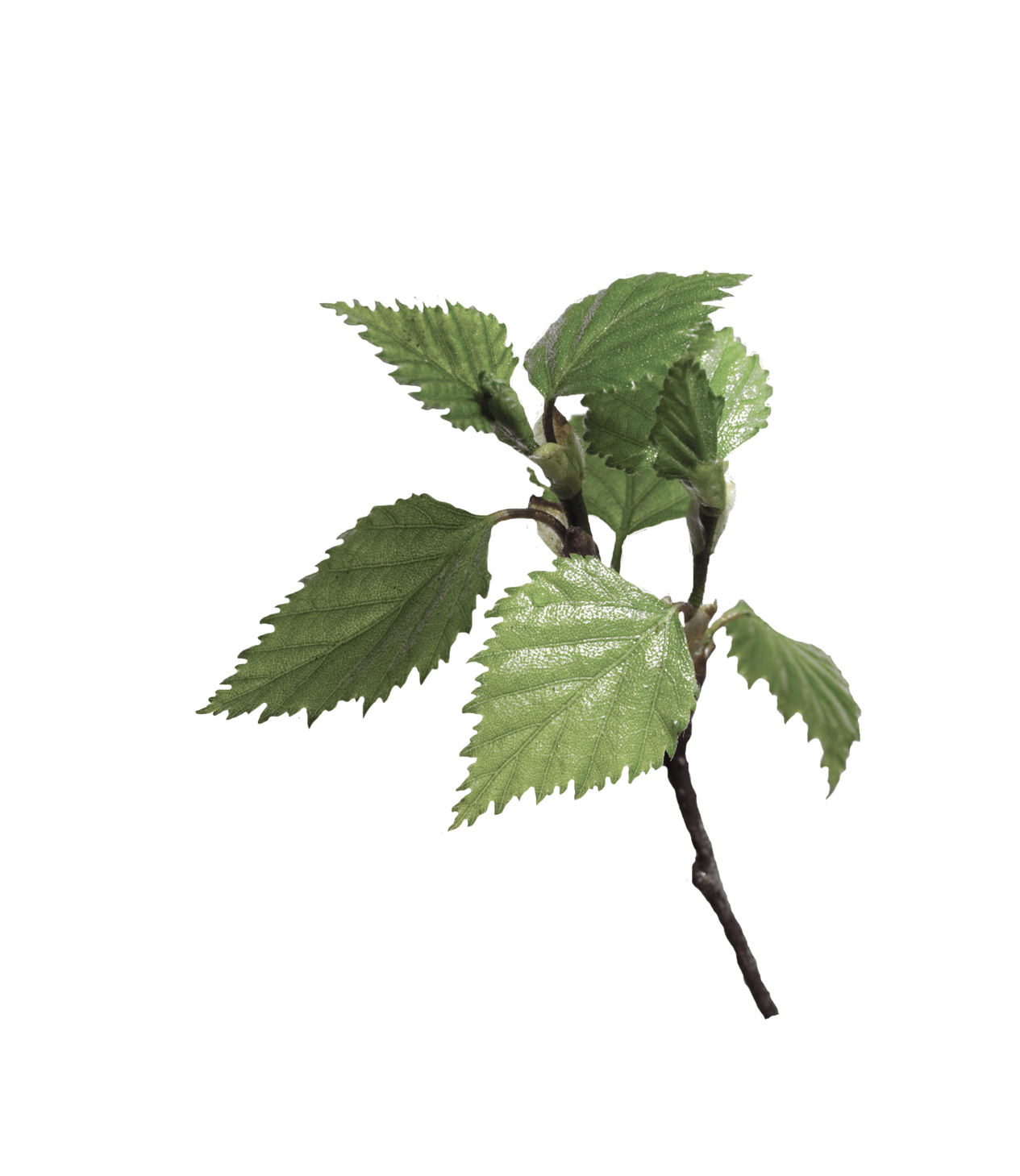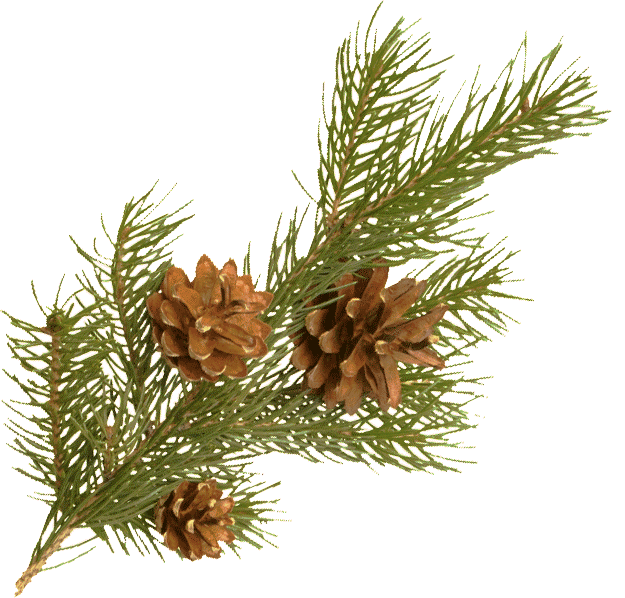EdgeMasters - Sharpening Stones
Proverbs 27:17 "As iron sharpens iron, so one man sharpens another."
Sharpening Stones
Sharpening stones can cover a variety of materials. For thousands of years, men have been sharpening their knives and tools on stones. Onostones, water stones or whetstones are used to grind and hone the edges of steel tools and implements. Some of the many items that can be sharpened on stones are scissors, knives, razors and tools such as chisels and plane blades. Many people think the word whet in "whetstone" is referring to the water used to lubricate the stone. Actually, the compound word formed with the word "whet," means to sharpen a blade, not the word "wet."
When a stone is intended for installation on a bench it is called a bench stone. Smaller, portable stones (commonly made of bonded abrasive) are called pocket stones. Being small, they are more portable than bench stones but may also present difficulty in maintaining consistent angles and pressure when drawing the stone along larger blades. Frequently, fine grained pocket stones are used for honing in the field. Despite being a homophone with wet, whetstones do not have to be lubricated with oil or water though it is very common that one of these is used. Lubrication can aid in the cutting action and carry away swarf.
A diamond plate is a steel plate that coated with diamond grit, an abrasive that will grind material. The plate may have a series of holes cut in it that will capture the swarf cast off as grinding takes place. Diamond plates can serve two purposes. First, can be used as a stand-alone alternative to stones to sharpen steel edge tools, but plates can also be used for maintaining flatness of man-made waterstones, which can become grooved or hollow with extreme use. Flattening deformed waterstones is considered essential to the sharpening process. Diamond plates can also be used to flatten these stones and are considered an alternative to the more traditional methods.
Diamond plates are available in different plate sizes (from credit card to bench plate size) and grades of grit. A coarser grit can used to remove large amounts of metal more rapidly, such as when creating an edge or restoring a damaged edge. A finer grit is used to remove scratches of larger grits and to refine an edge. Two-sided plates exist where each side is covered by a different grit.
Unlike stones that become rounded, which decreases their effectiveness, diamond plates will remain flat. They do not require the use of a lubricant. Diamond plates, since they are made from diamond, tend to be more expensive than stones.
Sharpening stones come in a wide range of sizes, shapes and material compositions. Stones may be flat, for working flat edges, or shaped for more complex edges. They may be composed of natural quarried material or from man-made material. Stones are normally available in various grades, which refers to the grit size of the particles in the stone. Generally, the finer the grit, the denser the material, which allows a finer finish of the surface of the tool. Finer grits cut slower because they remove less material. Grits are sometimes given a number, which indicates the density of the particles with a higher number being a higher density and therefore smaller particles.
Professional Knife Sharpening
719-475-8553








